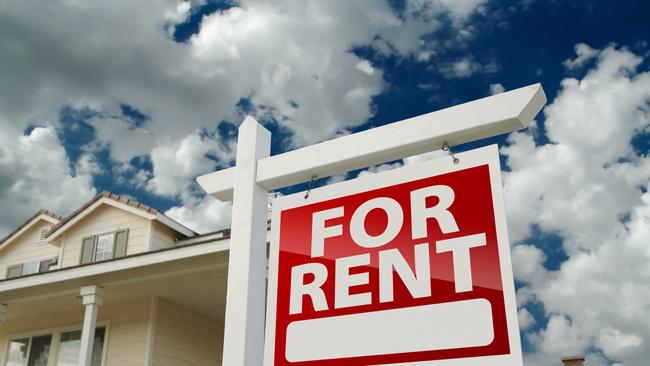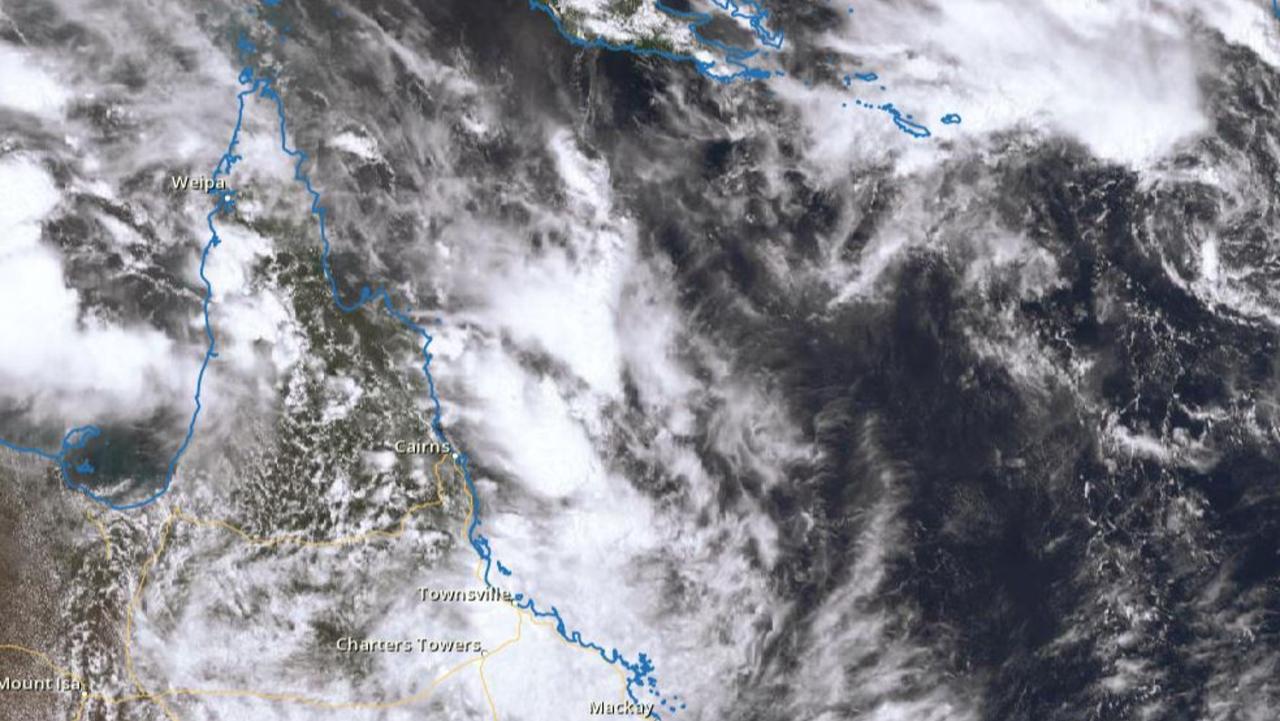Shock data shows nearest affordable rents 20km from Brisbane
Renters are being forced further and further out of the Brisbane CBD and main regional centres amid predictions the situation will not improve for at least three years. SEARCH YOUR SUBURB

QLD News
Don't miss out on the headlines from QLD News. Followed categories will be added to My News.
Renters are being forced out of inner Brisbane with the closest affordable suburbs now almost 20km from the CBD, a new report shows, amid predictions the situation will not improve for at least three years.
The situation was even worse on the Gold Coast and Sunshine Coast, particularly near Noosa, with parts of regional Queensland the least affordable in Australia for the second year running.
Northgate, near the airport, Wacol and Darra were now the only suburbs where rents were deemed “acceptable’’, or 20-25 per cent of median household income.
Bardon was now rated as severely unaffordable, as was Wakerley and Gumdale in Redland City, while the Noosa area was extremely unaffordable (60-75 per cent of income needed for rent).
The latest Rental Affordability Index (RAI) revealed median rents in Brisbane were now $610, which chewed up 29 per cent of the median $110,000 household income.
That was up from 22 per cent just four years ago.
Parts of regional Queensland were the least affordable area of the country, with median rents of $607 taking up 31 per cent of median household income, exceeding the threshold for rental stress.
Almost all of the Gold Coast was now severely unaffordable, as well as much of the northern end of the Sunshine Coast.
The 10th annual National Shelter/SGS Economics RAI report underlined how serious the housing crisis had become, Q Shelter’s Jackson Hills said.
“We know people are moving further and further out,’’ he said.
“If they’re using a car, they’re paying more for fuel.
“Those under the most rental stress are also those most likely to need services, so they are further from help.
“Competition is fierce for affordable housing. People have to find somewhere in the first place and then sustain that, but with rents constantly rising they often have to move out and start the search all over again.’’
He said the coming 12 months of construction in the development pipeline would not significantly improve the amount of housing stock.
“The next three to four or five years of the RAI will likely be similar to this year’s,’’ he warned.
But Mr Hills said that after three decades of under-investment in social housing there could be light ahead.
He pointed to the former Labor state government’s $3.1bn in capital funding for social housing, the largest program of any state, plus $150m in rental support and also incentives to the property sector to build more homes.
The new affordability report came after a string of similar studies including a PropTrack survey in March which found affordability had hit the lowest level in Queensland since 2008.

Mr Hills said while the situation was toughest for the bottom 40 per cent of income earners the squeeze was now extending into the bottom 60 per cent.
“What we’re also seeing is that one of the fastest-growing groups of homeless are middle-aged women,’’ he said.
“They have often earned high wages but may not have high superannuation balances and find themselves in trouble after a (relationship) split. Some end up having to live in their cars.’’
The latest RAI found every city in Australia was now classed as severely unaffordable, or worse, for single job seekers and part-time workers receiving a parenting payment.
There was nowhere which was now affordable for pensioners and only regional South
Australia was affordable for a single hospitality worker.
Brisbane, Sydney, Melbourne, Perth and Adelaide all recorded their worst affordability scores since the index began in 2014.
The rest of Queensland, NSW, Victoria and South Australia also hit record lows.
In Queensland, only Ayr in the state’s north was classed as very affordable (15 per cent or less of median household income needed for rent).
Maryborough, Gladstone, Emerald, Bowen, Atherton, Malanda and Mareeba were classed as acceptable (20-25 per cent of median income needed for rent).
SGS Economics & Planning principal Ellen Witte said deteriorating affordability across the country had been driven by a number of factors including increasing materials and construction costs, rising interest rates, a return to pre-pandemic rates of population growth and strong rental price increases.
“Not only are rent rises hurting households, they are also exacerbating inflation,’’ she said.




